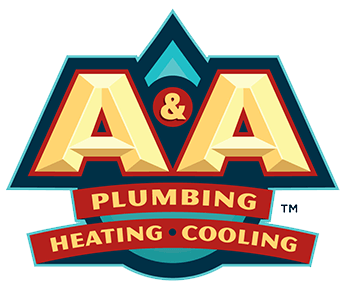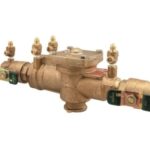Back To the Backflow Basics
Living in the United States, people tend to take clean water for granted. It is a luxury that a great portion of the world cannot afford. Part of the reason for this security is the system of backflow prevention. It keeps drinking water drinkable and prevents contamination from other water sources. There is no overstating that backflow prevention is a major way that the current plumbing infrastructure keeps citizens healthy.
Backflow Defined
Backflow happens when water goes the wrong direction in a pipe. Typically water goes from a municipal reservoir of some sort flowing through the pipes to individual homes. Backflow happens when water flows in the opposite direction, bringing contaminated water back into the freshwater pipes from the wastewater system.
It can also happen when a crack in the pipes allows microbes and pollutants to leach in. When this happens, it is usually due to a drop in pressure from the city's source. Contaminants can be colorless, tasteless, and odorless, so one may not detect the backflow until people get sick.
What Is Certification, and Why Is It Necessary?
Here is a list of reasons for backflow prevention certification:
- Complies with municipal codes
- Prevents contamination of city water lines
- Keeps home and family safe
- Keeps the community safe from contaminants
It is easy to see that this is not a case of red tape bureaucracy but is instead an important public health issue.
Who Can Test and Certify Backflow Prevention Systems?
Because of the importance of the backflow prevention system and the perhaps complex system itself, a certified backflow tester must be employed for backflow prevention system certification. This is not a DIY project. Plumbing professionals in the area should be well informed of the codes and procedures in their local area of service.
Because a malfunctioning backflow prevention system is a public health threat, homeowners should find a trustworthy business to perform their backflow testing and certification. Talk to them and ask questions; they should be more than willing to help a customer understand the process behind what they are doing and how it applies to the certification that every homeowner has to have by law.
Benefits of backflow testing:
- Legal Compliance: Since it is required by law to maintain a backflow prevention system, homeowners can be secure in their compliance with the rules
- Security: Customers know that they are keeping their family and neighbors safe
- Quick and Easy: A typical backflow testing visit will take around 30 minutes
About A&A Plumbing, Heating, and Cooling
Since 2007, A&A Plumbing, Heating, and Cooling has been providing the San Antonio area with fast and comprehensive service. They provide personalized solutions to fit each customer's needs. Call them today for all types of plumbing services in San Antonio, TX.
Distribution Links +
- wicz.com
- rfdtv.com
- lifestyle.967thewolf.net
- lifestyle.953hlf.com
- lifestyle.xtra1063.com
- lifestyle.us983.com
- metro.newschannelnebraska.com
- htv10.tv
- panhandle.newschannelnebraska.com
- lifestyle.1045thedan.com
- lifestyle.countrylegends1059.com
- midplains.newschannelnebraska.com
- wboc.com
- ktvn.com
- snntv.com
- central.newschannelnebraska.com
- southeast.newschannelnebraska.com
- northeast.newschannelnebraska.com
- plattevalley.newschannelnebraska.com
- rivercountry.newschannelnebraska.com
- wrde.com
- wpgxfox28.com
- lifestyle.mykmlk.com
- wtnzfox43.com
- lifestyle.3wzfm.com
- lifestyle.bigtalkerradio.com
- lifestyle.rewindmymusic.com
- lifestyle.koltcountry.com
- lifestyle.southernsportstoday.com
- lifestyle.thepodcastpark.com
- lifestyle.680thefan.com
- lifestyle.rewind1019.com
- lifestyle.967wshv.com













